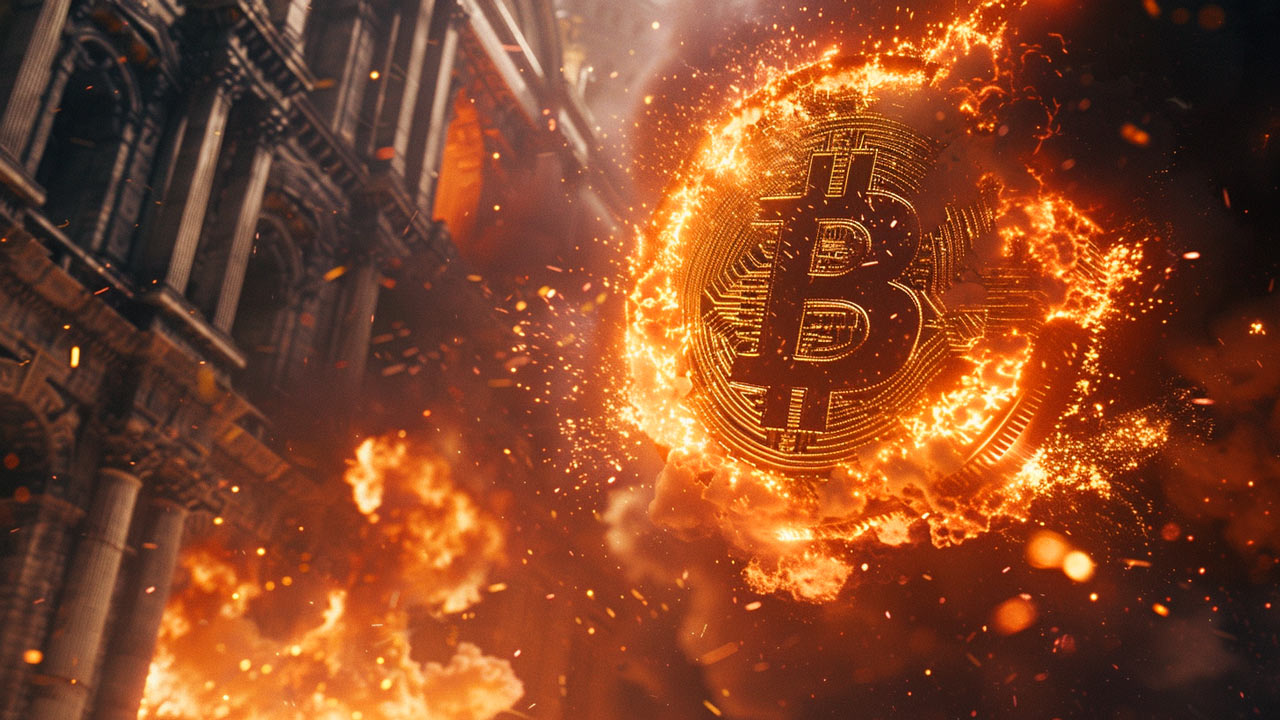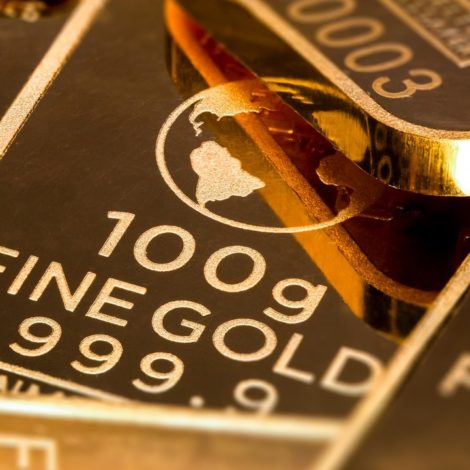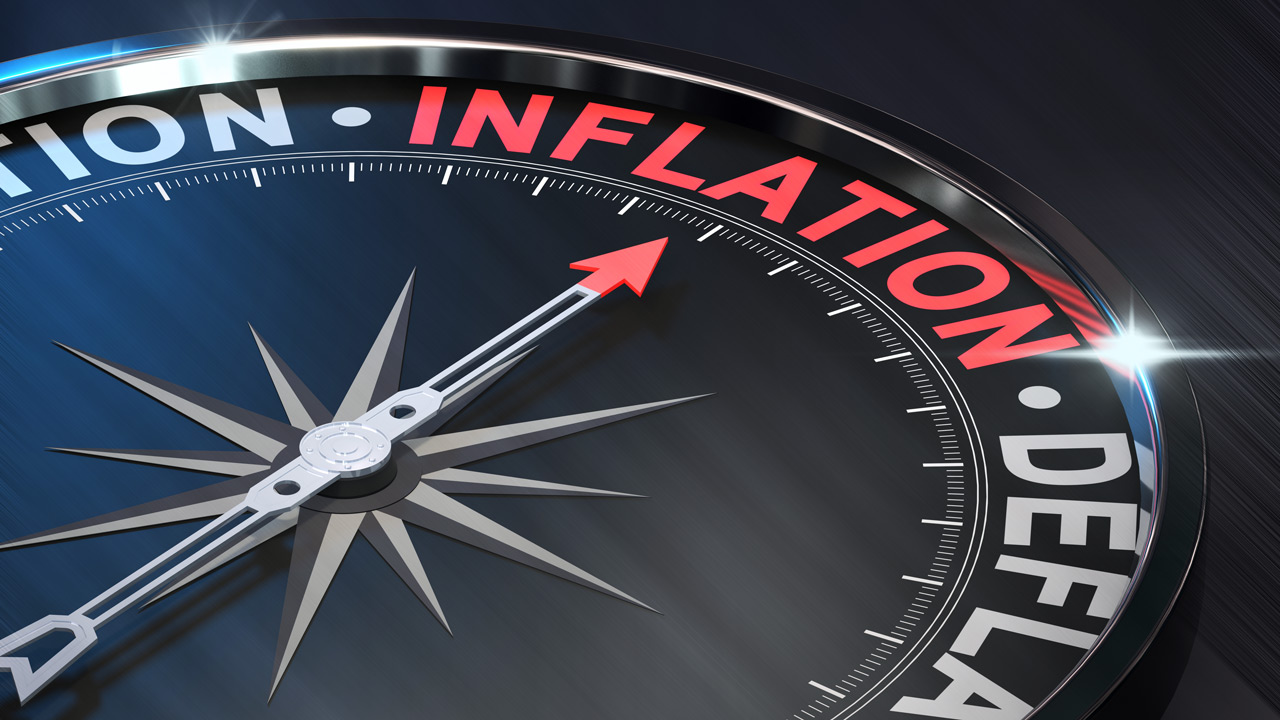Fed Monetary Policy Hides Risk
The Federal Reserve has pumped trillions of dollars into the economy through its quantitative easing programs. This has generated a surge of inflation. But there are other less obvious impacts from the Fed’s extraordinary monetary policy. It conceals risk. Everybody sees a “booming” economy and assumes everything is fine. But underneath, the entire thing is rotting from the inside.
If we look closely, we can see the signs of misallocation and malinvestment in the economy.
For instance, look at the bond market. Despite surging inflation, Treasury yields have remained stubbornly low.
Why?
You can thank the Federal Reserve.
A 10-year Treasury still returns less than 1.5%. Given the current level of inflation, real returns dip below 4%. Why would anybody do this?
Enter the central bank.
The Fed is buying billions in Treasuries through its QE program each month, keeping yields artificially low. That sends a signal to the markets that all of the federal borrowing and spending isn’t really problematic.
But if we look a little deeper, we see that over the last year, the Fed’s balance sheet has exploded to record levels. All of the money printing necessary to buy the bonds creates inflationary pressure. It also disguises the true economic risk, as economist Daniel Lacalle explained in an interview with NTD News.
More money created is going to assets that are scarce. Be it equities in which the companies are buying back stocks – that is a direct consequence. The massive buyback of stocks is a direct consequence of quantitative easing, as well of cheap money — be it commodities, be it houses, be it scarce assets. It’s basically more units of money chasing scarce assets, and that generates inflation.”
Lacalle said despite the recent correction in commodities, looking at the overall price increases in both 2020 and 2021 makes it clear we’re seeing broad-based inflationary price increases.
He said extreme danger to the economy goes along with all this QE.
The biggest risk of QE is that by having it prolonged year after year, in periods of crisis and periods of growth, is that the risk of a financial crisis is higher and that the importance of that financial crisis is also very relevant — it is much larger than expected.”
It’s important to remember risk builds slowly. With the markets going up and the economy artificially sedated via debt and monetary policy, the mainstream generally thinks everything is fine.
So, the risk continues to build and continues to build. And we don’t know exactly, because if we did we would be geniuses, but we don’t know exactly where and how it’s going to end.”
Lacalle said it’s the same as what happened leading up to the subprime crisis.
Everybody understood the prices of houses were going up too fast and too much. But very few thought when and how that would end. And when it ended, a lot of people thought, well, it’s contained because it’s only a certain percentage of the economy and the rest is fine. But it creates ripple effects. So, the problem of quantitative easing is disguising risk and giving the idea to investors and to citizens that there’s absolutely no problem with governments entering into monster deficits that will lead the economy to run 100, 120, 200 percent of GDP debt.”





 This weekend, Todd Sachs interviewed Peter on the state of the economy. They discuss the parallels between now and the 2007-2008 housing crisis, the role of economic sentiment in voters’ opinions, and why foreign central banks are losing faith in the dollar.
This weekend, Todd Sachs interviewed Peter on the state of the economy. They discuss the parallels between now and the 2007-2008 housing crisis, the role of economic sentiment in voters’ opinions, and why foreign central banks are losing faith in the dollar. Gold hit a new all-time nominal high, surpassing the previous record set in December of the previous year. The precious metal’s price reached approximately $2,140, indicating a robust and continuing interest in gold as a safe-haven asset, despite a rather peculiar lack of fanfare from the media and retail investors. This latest peak in gold […]
Gold hit a new all-time nominal high, surpassing the previous record set in December of the previous year. The precious metal’s price reached approximately $2,140, indicating a robust and continuing interest in gold as a safe-haven asset, despite a rather peculiar lack of fanfare from the media and retail investors. This latest peak in gold […] Peter released a brief video addressing the looming resurgence of inflation. Ironically, on the back of disappointing inflation numbers, gold witnessed a dip below $2000 on Tuesday due to higher-than-expected CPI data.
Peter released a brief video addressing the looming resurgence of inflation. Ironically, on the back of disappointing inflation numbers, gold witnessed a dip below $2000 on Tuesday due to higher-than-expected CPI data. Gold surged to a new record high of $2135 early Sunday morning before pulling back sharply Monday. In this video, Peter Schiff explains why this is a buying opportunity. After setting the record, gold quickly sold off and consolidated, dropping over $100 back to around $2,020. Some people see the quick selloff as a bearish […]
Gold surged to a new record high of $2135 early Sunday morning before pulling back sharply Monday. In this video, Peter Schiff explains why this is a buying opportunity. After setting the record, gold quickly sold off and consolidated, dropping over $100 back to around $2,020. Some people see the quick selloff as a bearish […] During a recent interview at the 2023 Precious Metals Summit Zurich event, Doom, Boom & Gloom Report publisher Marc Faber says now is the time to buy gold, silver and platinum because inflation is here to stay.
During a recent interview at the 2023 Precious Metals Summit Zurich event, Doom, Boom & Gloom Report publisher Marc Faber says now is the time to buy gold, silver and platinum because inflation is here to stay.